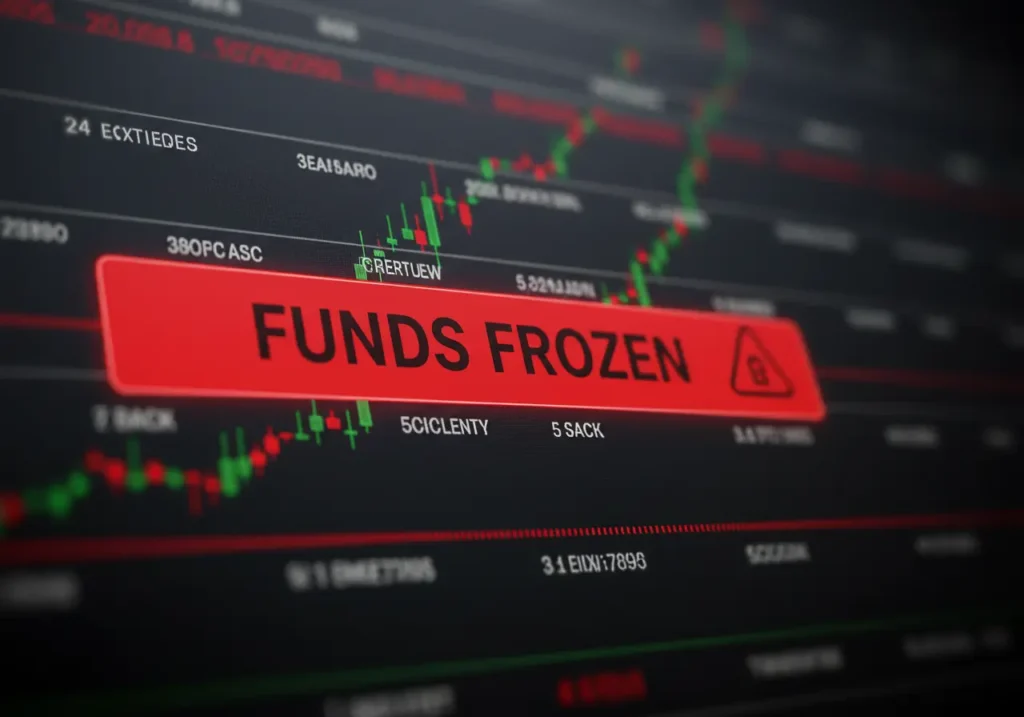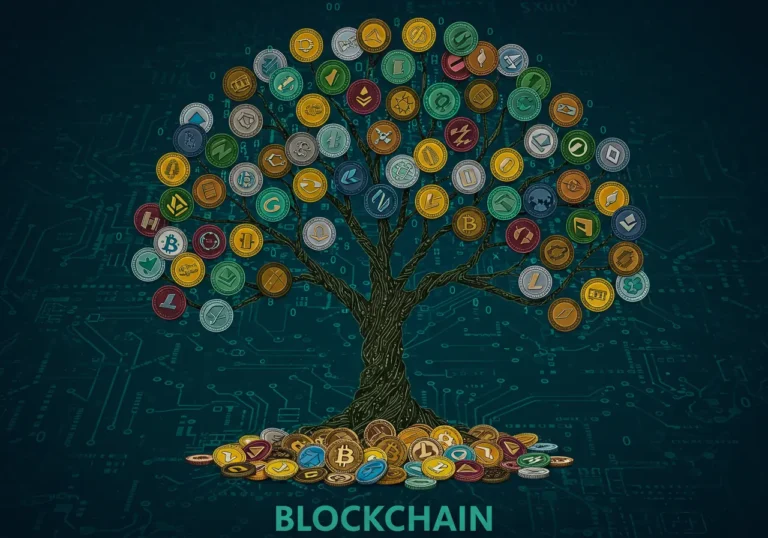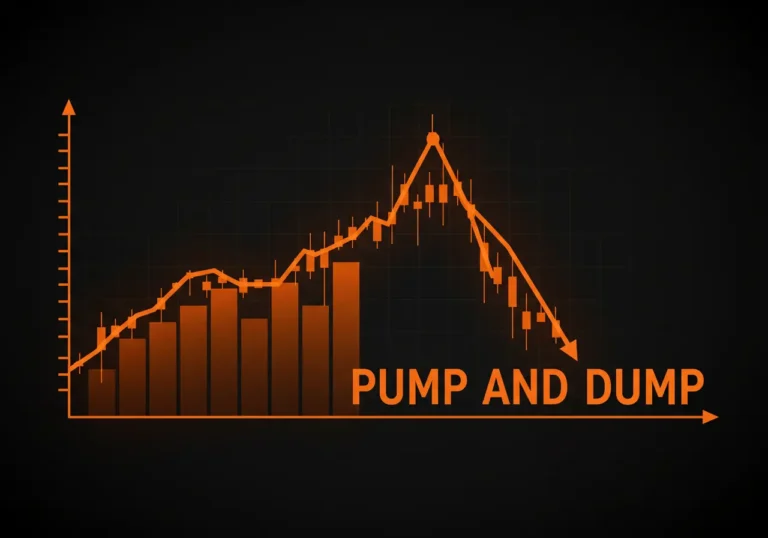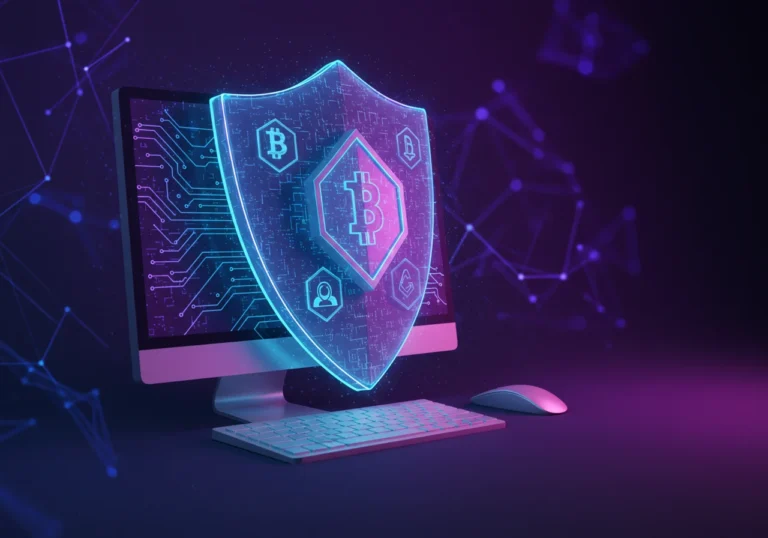Blockchain Transaction Tracing: What’s True, What’s Nonsense
I’ll show you exactly how transaction tracing works on blockchains. But man, people get this stuff so wrong sometimes. A buddy of mine once lost some crypto to a scam. “Poof, gone forever,” he moaned. “It’s untraceable!” Bless his heart, he was dead wrong. We actually followed the digital breadcrumbs further than he thought possible. That’s when it hit me: Most folks have no clue how tracing really works.

Myth #1: “Blockchain Stuff Is Totally Anonymous, Right?”
(Nope. Not even close.)
Think of a blockchain like the noticeboard down at your local community centre. Anyone can walk up and see every notice pinned there – bake sales, lost pets, yoga classes. But instead of names? You see codes like “Wallet7Xk9…” or “AddressB42…”.
Here’s the real deal: Every time crypto moves from one wallet to another, it’s like adding a new notice to that board. Everything links together. If someone figures out that “Wallet7Xk9” belongs to you (maybe you used it on an exchange that knows your name), suddenly your whole history is visible. That’s the traceability of blockchain transactions for you.
Real Life Bit: Back in 2022, hackers nabbed a huge pile of cash from an online game. Within weeks, investigators tracked that money hopping between 94 different wallets using cryptocurrency transaction analysis tools. They watched it move, step by step, right out in the open.
Myth #2: “Tracing Takes Forever, If It Works!”
Truth: Good tools offer real-time blockchain transaction monitoring.
Ever track a package online? You see it leave the warehouse, hit the sorting hub, get on the truck… same deal here. Special software watches blockchains non-stop, 24/7, spotting dodgy moves as they happen.
Why it matters:
- Exchanges can freeze stolen coins super fast.
- A small shop taking crypto? They can see a payment come through almost instantly.
Myth #3: “Once Crypto’s Gone, It’s Gone – Can’t Be Followed”
Truth: Every single transaction leaves a mark. Permanently.
Blockchains are immutable. That’s just a fancy way of saying once something’s written down, it cannot be erased or changed. Like carving your initials in a tree. This creates a transparent blockchain transaction history that anyone can look at.
Digital asset transaction tracking tools show these paths clearly. Imagine a map for money:
Your Wallet → $50 → Friend's Wallet → $20 → Coffee Shop
↘ $30 → Online StoreYou see where it splits, where it goes. Simple.
Myth #4: “Only Spy Agencies Can Trace This Stuff”
Truth: You can do basic tracing right now. Free.
Websites like Etherscan or BscScan let anyone look up a wallet address and see where money came from and went. For trickier stuff, companies offer blockchain forensics investigation services. They help:
- Track stolen funds
- Prove where money came from (useful for taxes or loans!)
- Check if a business partner is legit
Small Business Story: That bakery near me started taking Bitcoin. The owner uses a simple tracking tool to match every payment with the right cake order. No more “But I paid you!” headaches.
Myth #5: “Privacy Coins? Yeah, They’re Invisible!”
Truth: They’re tougher to trace – like finding a black cat in a dark room. But not impossible.
Coins like Monero hide details better. But smart folks doing blockchain transaction data analytics look for patterns – timing, amounts, how things move. Back in 2021, the US tax folks even offered a big cash reward to anyone who could crack Monero tracing better. Someone claimed it. Food for thought.
How Tracing Works

- Find the Starting Point: Got a scammer’s wallet address? That’s your first clue.
- Follow the Trail: Use tools to see every payment in and out of that wallet.
- Spot the Connections: Link wallets that seem to belong to the same person or group.
- Watch for the On-Ramp: See when money hits a big exchange? That’s often where names get attached (thanks to their ID checks).
- Build the Picture: Put it all together for the authorities or to help recover funds.
This decentralized ledger transaction tracing is why:
- Hackers get busted
- Stolen digital art sometimes finds its way home
- Anti-money laundering blockchain solutions actually have teeth
When Tracing Made a Difference (Real People, Real Fixes)
- The School That Got Hacked: Crooks stole a cool million from a college fund. Blockchain investigators traced the cash to an exchange. Police had the guy in handcuffs in 11 days flat.
- The Developer Who Vanished: A project lead took everyone’s money and ran. Investors pooled cash for blockchain forensics investigation services. Funds got traced, frozen at an exchange, and some was clawed back.
- The Lost Inheritance: A man passed away with crypto, no passwords left. His brother remembered sending tiny test amounts years before. Tracing those small payments helped find the main wallets.
What Tracing CAN’T Do (Let’s Be Honest)
- Can’t Reverse Payments: Like un-baking a cake. Once it’s sent, it’s sent.
- Can’t Open Wallets: Tracing shows the path, not what’s inside a wallet or how to access it.
- Needs Help Linking to Real People: If crypto never touches an exchange or service needing ID, finding who owns a wallet is like finding a needle in a haystack.
Keeping Your Own House in Order
Because yeah, your stuff can be traced:
- Assume Someone’s Watching: Don’t move money around if you wouldn’t want it on the front page.
- Keep Things Separate: Use different wallets for personal stuff vs. buying things online.
- Check ‘Em Out: If a deal feels fishy, try tracing their wallet address. See anything weird? Walk away.
- Report Dodgy Stuff: Helping platforms spot bad guys makes anti-money laundering blockchain solutions stronger for everyone.
Wrapping This Up
Transaction tracing isn’t magic. It’s detective work on a giant, public noticeboard. It helps good people, trips up thieves, and brings a bit of honesty to digital money.
Does it feel a little weird knowing stuff can be seen? Sure. But remember this:
“Blockchain doesn’t hide the truth. It keeps it safe.”
Stay sharp. Stay safe. Next time someone whispers “crypto’s untraceable,” you’ll know better.
🔍 Quick Glance Takeaways:
- Blockchains are public: Your wallet’s history isn’t secret.
- Tracing happens fast: Tools watch money moves constantly.
- Privacy coins aren’t magic: Just harder to follow, not invisible.
- Stolen crypto can be tracked: Especially if it hits an exchange.
- Records can’t be faked: Scammers leave permanent footprints.
- You can start tracing now: Try Etherscan or BscScan today.
Knowing how tracing works takes the fear away. You’ve totally got this.
Table of Contents

Hello, I’m Edmilson Dias, founder of CoinBringer. I created this platform to guide people through the fast-moving world of cryptocurrency with clarity and safety. With years of research in blockchain and digital security, my goal is to translate complex topics into practical knowledge, offering reliable tutorials, safety insights, and guidance for both newcomers and experienced users.
Discover more from CoinBringer
Subscribe to get the latest posts sent to your email.







